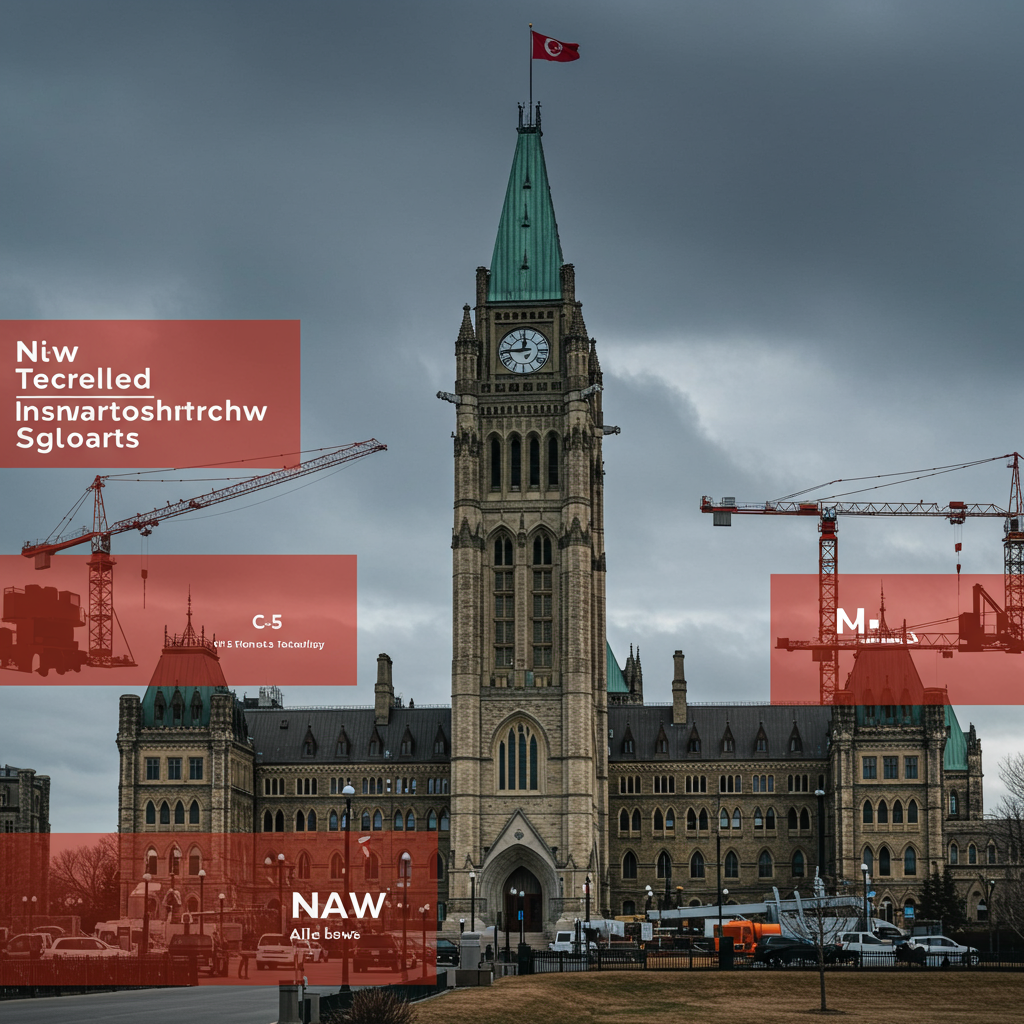As President Donald trump and his advisors begin mapping out potential candidates for the next leader of the Federal Reserve, they face a significant hurdle. That complication stems directly from the current chair, Jerome powell. Powell has remained conspicuously silent regarding his future intentions at the nation’s central bank.
This lack of clarity creates uncertainty. It forces the administration to prepare for multiple possibilities. Will Powell step down entirely? Could he choose to stay on the powerful Fed board even if he vacates the top spot? The answers significantly impact who Trump might need or want to select as Chair.
The Question Mark Around Powell’s Future
Jerome Powell’s four-year term as Federal Reserve Chair is set to expire in May of next year. Traditionally, a President either reappoints the incumbent Chair or nominates a new one. However, Powell also holds a separate, longer tenure as a member of the Fed’s Board of Governors. That term doesn’t conclude until January 2028.
Powell has consistently refused to publicly state whether he intends to remain on the board if his chairmanship ends. This silence is highly unusual in the typically transparent world of central banking. It leaves both markets and political strategists guessing about the future composition and leadership of the Fed.
Why Powell’s Decision Matters for Trump
President Trump has a clear economic agenda. Historically, he has favored lower interest rates. He has also been a vocal critic of Jerome Powell. During his previous presidency, Trump frequently clashed with Powell over the Fed’s monetary policy decisions, particularly rate hikes.
The President is reportedly seeking a Chair who will be more aligned with his vision for the economy. This likely translates to a preference for someone who would be more inclined to lower borrowing costs to stimulate growth. A stronger-than-expected labor market report, recently showing 147,000 jobs added against a Reuters forecast of 110,000, has further complicated the rate outlook. Such robust data can reduce the urgency for the Fed to cut rates, potentially reinforcing Powell’s cautious stance rooted in inflation concerns. This economic backdrop highlights the potential friction between Trump’s goals and the current Fed leadership.
Planning for Multiple Scenarios
The ambiguity surrounding Powell’s plans forces the Trump administration into complex contingency planning. They must identify candidates suitable for Chair if Powell leaves the board altogether. They also need a strategy if Powell remains as a Governor.
Appointing a new Chair while Powell remains on the board would create a dynamic where the former Chair is still present, potentially influencing discussions and policy debates. This could be a factor in Trump’s selection process. He might prefer a candidate with a strong personality or specific policy views capable of leading the committee effectively, regardless of who else is present.
The Economic and Political Backdrop
The search for a Fed Chair doesn’t happen in a vacuum. It’s heavily influenced by the prevailing economic conditions and the President’s political priorities. The recent jobs data, showing a stronger labor market than many expected, directly impacts interest rate discussions. A robust economy typically gives the Fed less reason to cut rates quickly.
Powell’s stated focus has been on controlling inflation and maintaining price stability. This has led to a more cautious approach to rate reductions than some, including potentially President Trump, might desire. The clash between a President seeking economic stimulus and a central bank prioritizing inflation control is a recurring theme in US economic history. The current situation is a prime example of this tension playing out.
What Trump Looks For in a Fed Chair
Based on past actions and stated preferences, President Trump likely seeks a Fed Chair who shares his perspective on monetary policy. This often involves a belief that lower interest rates are beneficial for economic growth and job creation. He may prioritize loyalty and a willingness to consider the administration’s economic goals.
Finding such a candidate is one challenge. The greater complication now is how that candidate would interact with a board that might still include the previous Chair. This necessitates identifying individuals who are not only qualified but also capable of navigating potential internal dynamics at the highest level of the US central bank. This uncertainty adds layers to an already critical appointment process.
The Stakes for Markets and Policy
Uncertainty surrounding Federal Reserve leadership can ripple through financial markets. Stability and predictability at the central bank are generally favored by investors. The possibility of a significant change in leadership or internal dynamics adds a layer of unpredictability.
Moreover, the choice of Fed Chair has profound implications for monetary policy. Decisions on interest rates affect everything from mortgage costs to business investment. A Chair with different policy inclinations than Powell could shift the direction of US monetary policy. Powell’s silence forces markets and analysts to speculate on these potential shifts sooner and with less information than is typical. It injects political considerations directly into the economic outlook.
Frequently Asked Questions
Why hasn’t Jerome Powell announced his future plans at the Federal Reserve?
The article indicates that Jerome Powell has repeatedly declined to state whether he will step down when his term as Federal Reserve Chair expires in May or if he will remain on the Fed Board until his separate term as Governor ends in January 2028. The exact reasons for his silence aren’t explicitly stated, but it complicates President Trump’s search for a new Chair by creating uncertainty about the future composition of the Fed’s leadership.
How does the US jobs report affect discussions about the next Fed Chair?
According to the external research synthesized in the article, strong economic data like a robust US jobs report can influence expectations about Federal Reserve interest rate decisions. When the labor market is strong, it typically reduces the pressure on the Fed to lower rates. This context is relevant because President Trump has historically favored lower rates and criticized Powell for his caution, suggesting he may seek a Chair more amenable to rate cuts, an inclination potentially at odds with a strong economy requiring less monetary stimulus.
What kind of Federal Reserve Chair is Donald Trump reportedly seeking?
Based on the article and synthesized research, President Donald Trump is reportedly looking for a Federal Reserve Chair who will support his economic agenda. This agenda has historically included a preference for lower interest rates. The administration is planning for scenarios where they can appoint a Chair aligned with these goals, suggesting a desire for leadership potentially more inclined towards stimulus than the current cautious approach focused on controlling inflation.
Conclusion
President Trump’s search for a potential Federal Reserve Chair is being directly complicated by the lack of clarity surrounding Jerome Powell’s intentions. Powell’s silence on whether he will remain on the Fed board adds significant complexity to the selection process. The administration must now consider scenarios involving Powell’s complete departure or his continuation as a powerful member of the board.
This situation unfolds against a backdrop of economic data, like recent strong jobs reports, which influence the debate over interest rates – a key point of historical contention between Trump and Powell. The coming months will require the administration to carefully weigh candidates who not only fit their economic vision but can also navigate the potential internal dynamics of the central bank. The uncertainty ensures that the process of choosing the next Fed leader will remain a major focus for political observers and financial markets alike.


